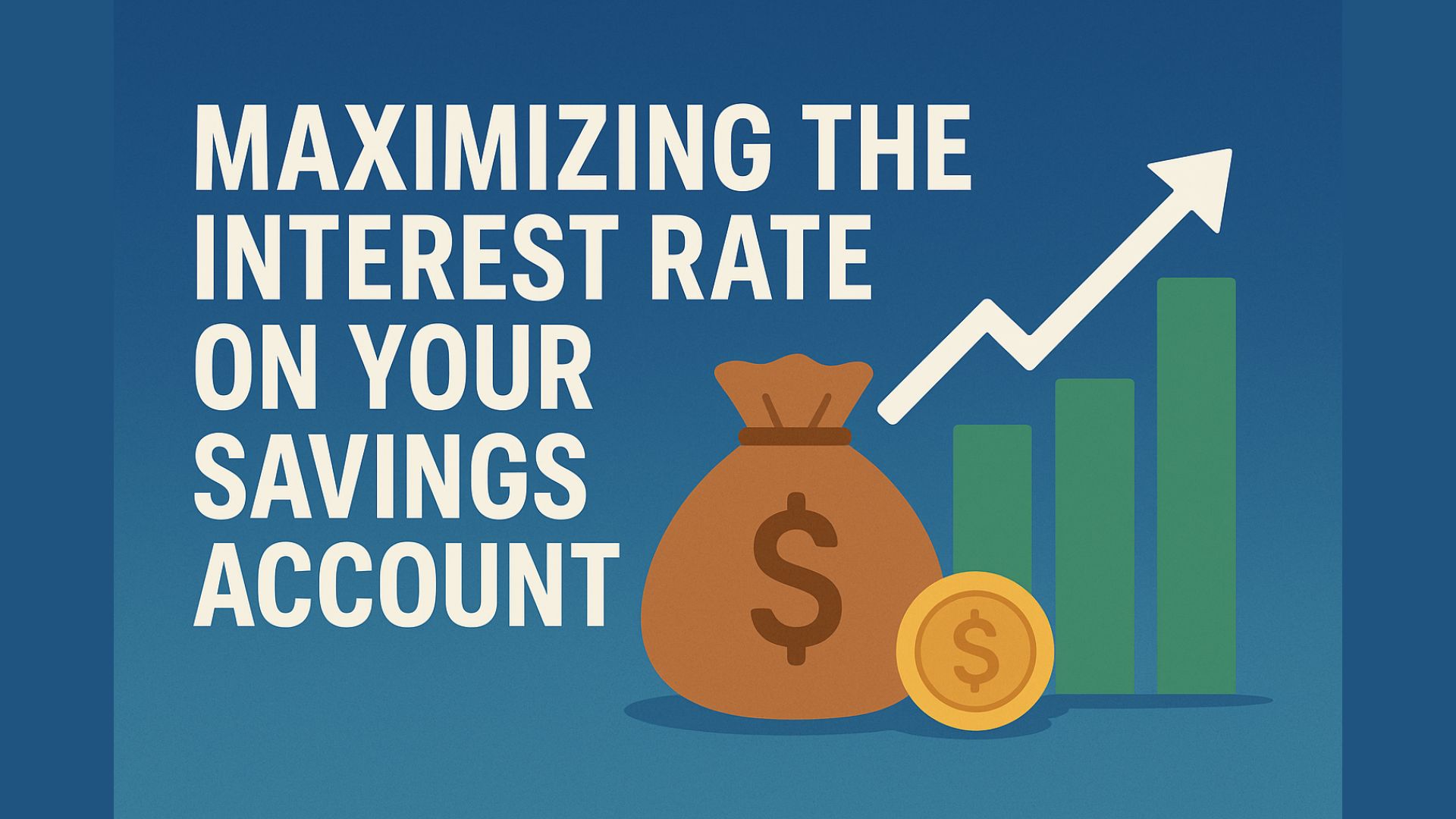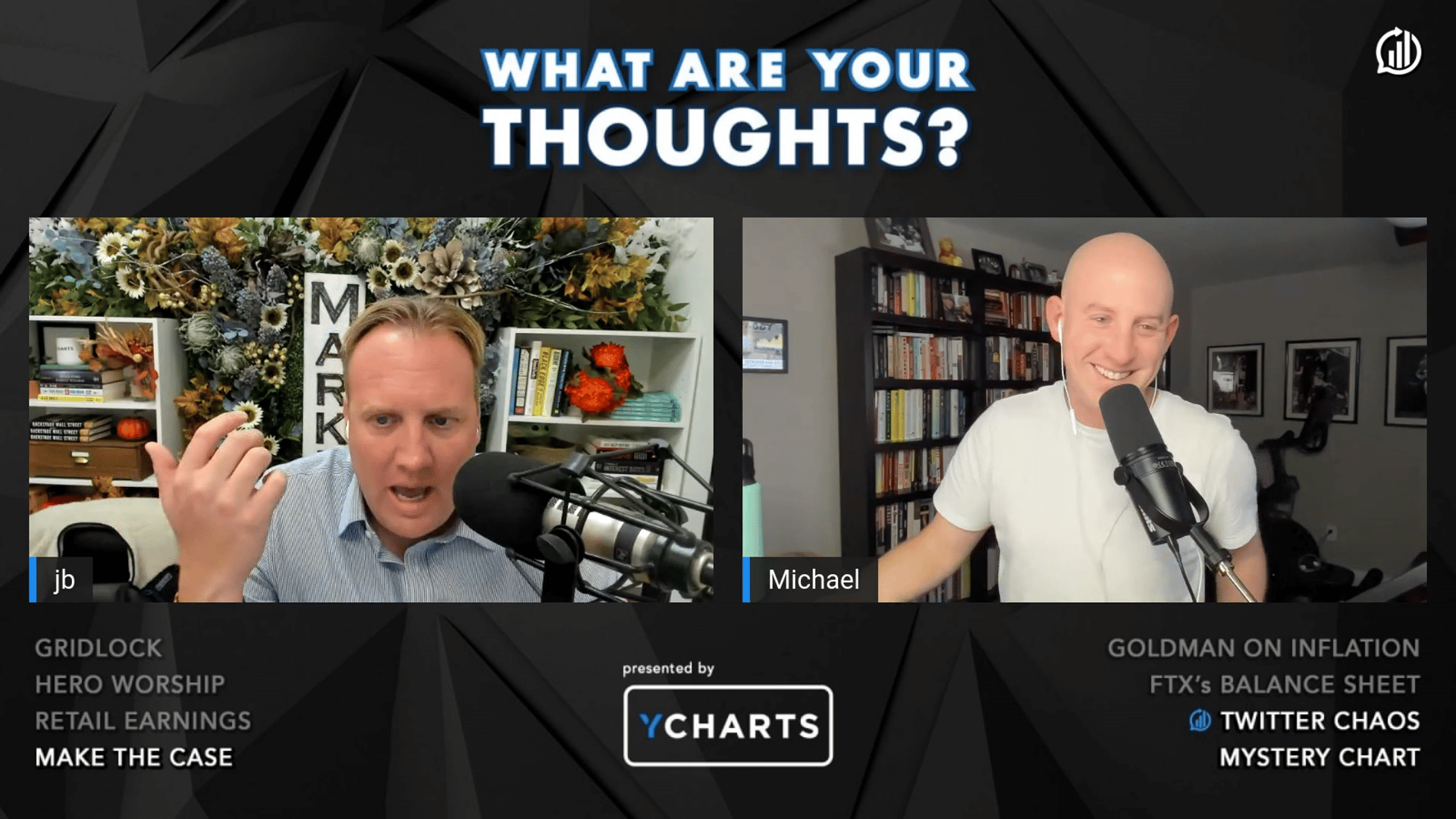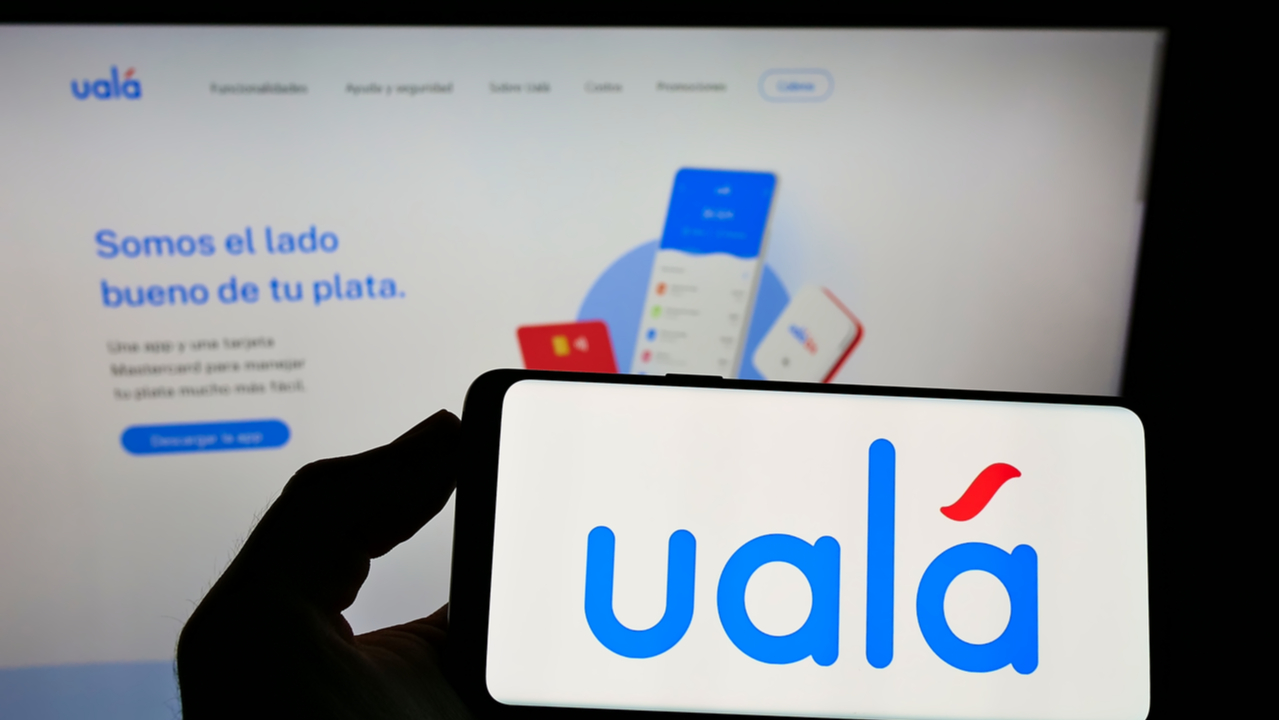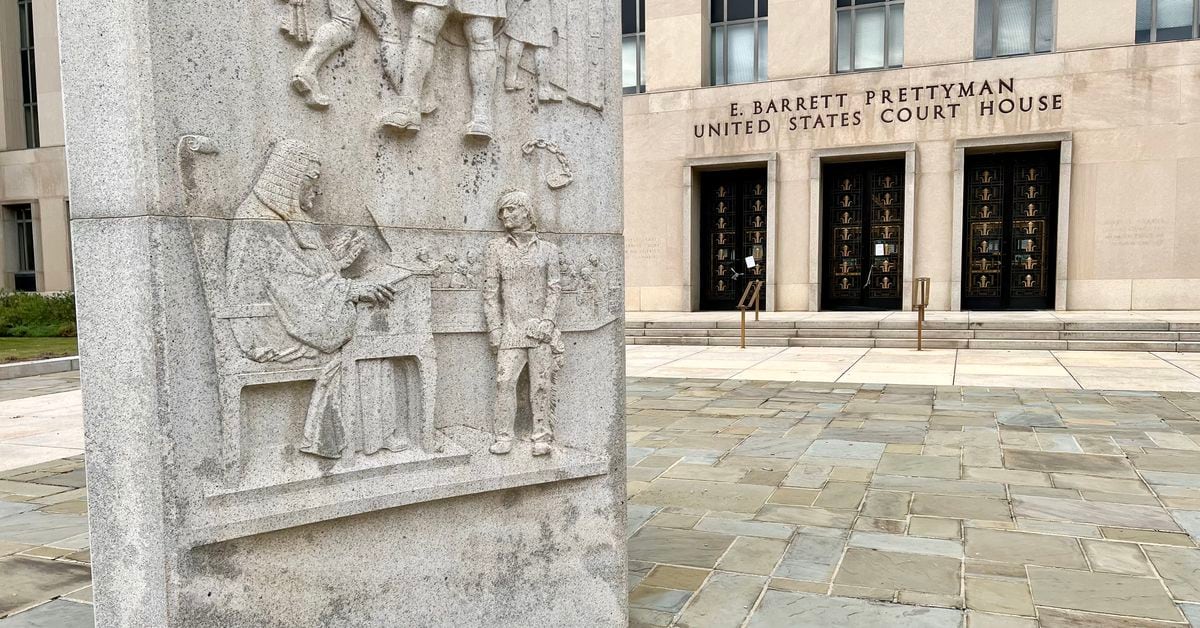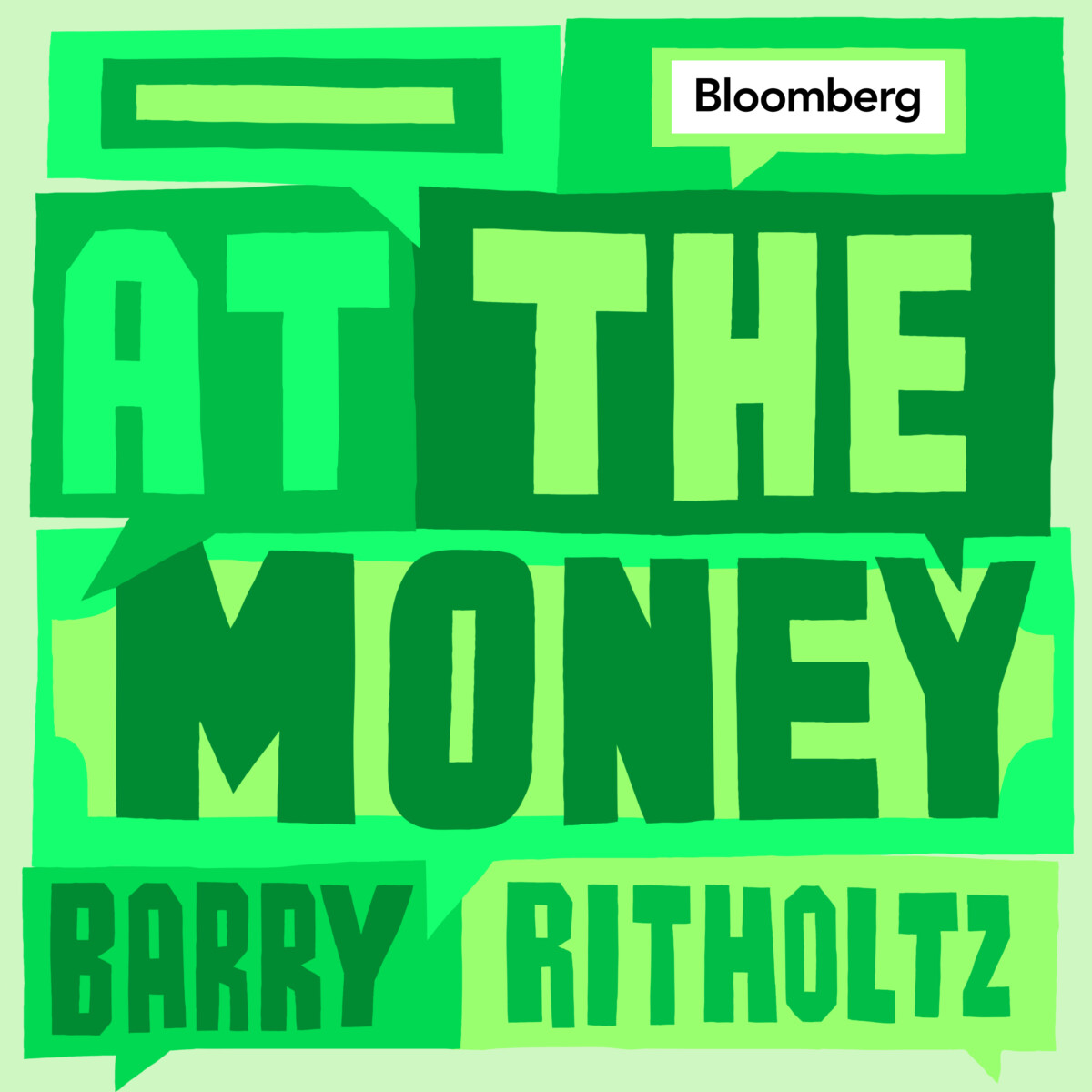Midwest Holding Inc. (NASDAQ:MDWT) Q3 2022 Earnings Conference Call November 15, 2022 8:30 AM ET
Company Participants
Tom Bumbolow – Head of Business Development & Distribution
Georgette Nicholas – CEO
Conference Call Participants
Operator
Ladies and gentlemen, welcome to the Midwest Holdings Q3 2022 Earnings Call. My name is Charlie, and I’ll be coordinating the call today. [Operator Instructions]
Our host is Tom Bumbolow. Tom, please go ahead.
Tom Bumbolow
Good morning, and welcome to Midwest Holding’s third quarter 2022 earnings call. This is Tom Bumbolow, Head of Business Development and Distribution here at Midwest. Joining me for today’s presentation will be our CEO, Georgette Nicholas, as well as our President and CIO, Mike Minnich. Yesterday evening, Midwest issued our Q3 2022 earnings release announcing our financial results.
During today’s call, we will reference this announcement, a copy of which may be found on the Investor Relations page of our website at ir.midwestholding.com. While this call will reflect items discussed within that document, for more comprehensive information about our financial performance, we also encourage you to read through our Q3 2022 Form 10-Q and 2021 Form 10-K, which have been filed with the Securities and Exchange Commission at sec.gov.
Before we begin, I want to remind you that matters from today today’s call will include forward-looking statements relating to our operating performance, financial goals and business outlook, which are based on management’s current beliefs and assumptions. These forward-looking statements reflect our opinion as of the date of this call and we undertake no obligation to revise this information as a result of new developments that may occur.
Forward-looking statements are subject to various risks, uncertainties and other factors that could cause our actual results to differ materially from those expected and described today. In addition, we are subject to a number of risks that may significantly impact our business and financial results.
For a more detailed description of our risk factors, once again, please review our Q3 2022 Form 10-Q and 2021 Form 10-K, where you will see a discussion of factors that could cause the company’s actual results to differ materially from our forward-looking statements. A replay of this conference call will be available on our website under the Investor Relations section.
I’d also like to remind you that during the call, we’ll discuss some non-GAAP measures in addressing Midwest’s performance. You’ll find the reconciliation of those historical measures to the nearest comparable GAAP measures in our earnings release and in our Q3 2022 Form 10-Q and ’21 Form 10-K.
Now I’ll turn the call over to Georgette Nicholas to share our results.
Georgette Nicholas
Thanks, Tom. Welcome to Midwest Holdings third quarter 2022 earnings call. We appreciate you joining for an update on the company’s progress. Today, I’ll cover our strategic focus, results for the third quarter, and the trends driving the business through the rest of the year. We’re very pleased with the strong results for the quarter, specifically around our increase in written premium, the performance of the investment portfolio, and the execution of another reinsurance transaction. We’re seeing the results of our focus and hard work on the core business of selling annuity products and investing and reinsuring those liabilities to generate returns.
For the third quarter of 2022, we achieved GAAP net income of $7.4 million compared to a net loss of $3.1 million in last year’s third quarter. Driving this improvement was an increase in written premium at $255.5 million for the quarter, supporting performance of the investment portfolio, which generated $12.9 million in revenue in the quarter compared with $6.2 million in the prior year third quarter.
This increase was offset by a continuing decline in the market value of derivatives, which is captured in realized losses along with the mark-to-market gain on the embedded derivative related to the reinsurance contracts. We saw continued improvement in earned ceding commission amortization and administration fees offset by a decline in service fee revenue.
Third quarter saw strong trends in annuity direct written premiums on a statutory accounting basis, which were $255.5 million for the third quarter of 2022, up 63.8% compared to $156 million for the second quarter of 2022, which was up 59% compared to $98.1 million at first quarter 2022 and up from $117.9 million in the third quarter of 2021.
We continued to see intense competition in the fixed annuity market around pricing of new competitors. The market is strong and we’ve remained in a competitive position and we’re seeing positive results from our actions and improved sales momentum in both the second and third quarter now.
State expansion efforts remain the priority and are active with several applications in process. We continue to work with the states to provide information and we’ll update the market as they progress. Our growth is strong given these market dynamics, even with a smaller state footprint. We continue to focus on new product development and on our distribution partners to accelerate growth, making key investments in technology and people.
Ceded premium was $113.7 million in the third quarter of 2022, or 44.5% compared with $60.1 million in the third quarter of last year or 51%. The increase in the dollar amount of ceded premium was driven by the execution of another reinsurance arrangement effective September 30, through the Seneca Re protected cell form last quarter.
We continue to have strong interest from many reinsurance partners and continue to work through structures and processes with them. Overall, we received $4.5 million in ceding commission fees during the quarter compared to $3.6 million in the third quarter of last year. For GAAP purposes, ceded commission is deferred and earned over the life of the policy.
As of September 30, 2022, there was $35 million on the balance sheet under deferred gain on coinsurance transactions, which will be recognized in revenue over time. Our invested asset base continues to grow at $1.4 billion as of September 30, 2022, up from $976 million at year-end 2021.
Overall, we’re benefiting from core capabilities developed to source alternative assets in the areas of private credit, commercial mortgages and structured products, along with an increase in interest rates, which is producing overall portfolio yield of approximately 5.5%.
Overall, GAAP reported expenses were helped by negative interest credited due to the fall in the value of the options embedded in our liabilities and the increase in the mark-to-market value of our options allowance.
Salaries and benefits were $3.8 million for the quarter, down from $4 million in the prior year’s third quarter. We continued to realize expense efficiencies and improvements even as we added new employees in our insurance operations given the increase in new business.
Other operating expenses, excluding the gain on the mark-to-market of the options allowance were up from continuing to build foundational capabilities to support potential growth in the business, along with costs that are variable with increased premiums written related to technology support, distribution, product design and premium taxes. Overall, the growth in expenses was smaller in relation to the growth in new premium written as we continued to scale the business and accelerate growth.
Now turning to guidance for the end of 2022 based on our current view of the business and the market. With the improved sales momentum we saw in the third quarter and the premium written so far in the fourth quarter, we’ll have a strong finish for the year. We’re very confident in the anticipated premiums written exceeding our previous range of $500 million to $600 million. And we’re updating our range now to be $700 million to $750 million for new premium written for the year.
Given the close of the additional reinsurance arrangement at the end of the third quarter and the current margins being generated on the retained business, we now anticipate ceding approximately 40% to 45% of new business overall for the year. The ongoing goal will be to cede on average, approximately 70% to 90% of premium in a year to generate ceded commission fees and manage capital. But given the strong investment performance, retaining more at this time drives additional value for the business.
Demand from our existing reinsurance partners is strong, and we can grow our arrangements with them. So we have partners in the pipeline to add additional capacity as we continue to scale the business. We’re also working to warehouse more premium in our reinsurer, Seneca Re, for potential use in future reinsurance arrangements, which we’ve done before with other transactions.
Overall, we’ve made progress on managing costs and bringing them in line as we transition through the year. Given the increase in premiums written expected for the year now and the impact that will have on premium taxes, technology support and product fees, we now expect general and administrative expenses on a management basis, a non-GAAP measure, to be within approximately $31 million to $32 million for the full year 2022.
We’ve positioned the company for further growth by focusing on distribution, pricing and products, investment management and reinsurance. And we’re advancing various investments in technology and foundational capabilities to strengthen the business overall. We’re benefiting from a strong annuity market, but we’re growing and scaling above the market growth even with our smaller state footprint. Overall, the third quarter showed very positive trends and position us for a very strong finish for the year.
Our focus is on executing the key drivers of the business to provide consumers with the insurance products needed and to deliver strong results now and longer term for both policyholders and shareholders. While Midwest is designed to be a services oriented company generating recurring fee revenue with a business model supported by capital and reinsurance, given our capital position, we’ve been able to retain more business this year as we expect strong margin performance given market conditions.
This flexibility allows us to provide best-in-class products for our customers and strive for higher returns for our shareholders over time. Our strategic focus remains on premiums written to capitalize on a growing market by distinguishing ourselves in products, indices and technology; on investing in and leveraging monitoring technology to enhance processes that improve the efficiency and effectiveness of the Asian customer experience; on creating and using reinsurance structures, including our captive reinsurer to mitigate risk and provide capital support; and finally, on providing management services around investing assets and leveraging core capabilities to support the administration of reinsurance vehicles.
Our focus and execution on key drivers are resulting in the growth of the business and its performance, which will continue to build value in the platform. As we move forward, our opportunity remains strong, and the team at Midwest is committed to positioning the business for continued growth.
Now I’ll open it up for questions.
Question-and-Answer Session
Operator
Thank you. [Operator Instructions] We have a question from [indiscernible] of JMP. Carol (ph) your line is open. Please go ahead.
Unidentified Participant
Thank you. Good morning. I got a couple of questions, and we’ll start with the premium growth. Obviously, MYGA is a very desirable product right now. Can you maybe just talk about the ceded product in terms of how you see that developing over the next few quarters?
Georgette Nicholas
Sure. Good morning. Thanks for joining us. I think, again, given the market, we’re certainly seeing more of a gravitation towards the MYGA product given where rates are. And I think, again, what’s been happening with the volatility in the market. So I think we’re seeing more of leaning towards that. For us, that certainly supports our model and the reinsurance. A lot of our reinsurers like that product. So we feel good about how that’s helping to achieve our overall growth.
I think on the FIA side, right, we certainly are looking at that product and understanding where some of the caps are in the market. It’s quite competitive and it keeps moving, so we continue to watch that and evolve it. I think longer term, we want to get back to more of a kind of 75/25 mix of FIA MYGA. I think ultimately, we’ll end the year more kind of a 60/40 split, 60 MYGA, 40 FIA. So for us, it’s, again, taking the opportunity that’s in front of us and that supports the reinsurance nicely as well as us able to retain some of the business to really kind of grow the margins that we’re seeing in the investment portfolio.
Unidentified Participant
All right. That’s fair enough. And then I’m in my model here, so I’ve got a couple of numbers questions. So the first — so the next one would be regarding the benefit. It was — I just noticed that it was a $1.3 million, it’s a benefits expense. And I actually noticed that there was a little bit last quarter as well. Can you just explain what this is?
Georgette Nicholas
Yeah. So I think, again, if you look at that, it kind of ebbs and flows quarter-over-quarter. I think what you see running through there, right, is — sorry, is again kind of the payouts for death claims that we have. So again, that ebbs and flows coming on the market.
Unidentified Participant
Okay. Yeah. I mean, it was quite low initially. There was basically nothing in 2021. I think there were some figures in 2020. And then now it’s another — so do these claims — I mean, is there any — is there any pattern to it or it’s just random, right?
Georgette Nicholas
Yeah. It will ebb and flow again with the — yeah.
Unidentified Participant
Okay.
Michael Minnich
Yeah. It’s going to be a little bit random. But the — over time, we expect kind of 2% benefit paid through the life of the policy, 2% per annum. And we’re running well below that, but that’s what’s our actuaries model. But every period, every quarter — 2% of our AUM. Yeah.
Unidentified Participant
AUM, okay. Got it. Okay. I’m making note of that. Okay. And then moving into AUM, another numbers question that I noticed. Regarding the AUM fee, it kind of dropped significantly this quarter. Is there any reason for that? I mean, the AUM is growing, I believe. Is there a reason why it dropped to like $118,000 versus $400,000 last quarter or over $1 million in the previous quarter.
Georgette Nicholas
Yeah. We had some acceleration of fees into the first half. So we had some loans pay off that drove some of the performance fees into the quarter. So — or into the first half of the year. If you look kind of year-over-year, it’s a consistent write down of about $100,000. And so we do think fourth quarter will go back to a more normal rate as we were about Q2, about kind of that $400,000 to $500,000.
Unidentified Participant
It was an acceleration in the first half of the year.
Georgette Nicholas
That’s right, in particular, Q1.
Unidentified Participant
Q1, got it. Okay. All right. And then regarding investment income, I know it’s a fluid number with different components. Are you able to share with me any kind of the new money rates you’re getting? Anything that would be useful in terms of projections?
Georgette Nicholas
Just — I don’t know, Mike, you can add in. But I think overall — yeah, go ahead.
Michael Minnich
Sure. I mean the new money rates have been very attractive in this more volatile market. So we are getting north of 7% on all of our new money. One thing that we are focusing on this quarter is, we’re working on using our Federal Home Loan Bank program. So we’ve actually been investing in some of the more AAA assets at lower yields than 7%, but we’re planning to pledge this for the Home Loan Bank and ultimately yield a return to our investors of over 7%. So that’s been a bit more of our focus this quarter.
Unidentified Participant
Got it. Yeah. I’m a little familiar with that in terms of the leverage you can get off of the Home Loan programs. Okay. I’m making note of that. And then, lastly, well, you touched on the expense, I have that noted here. But in terms of the reinsurance partners, the last few quarters, we talked about how there was a lot of warehousing going on. And with this new partner that was just inked at the end of the quarter, do you think it’s going to help in a significant way or…
Georgette Nicholas
I mean I think we have — go ahead, Mike.
Michael Minnich
Go ahead — I’m sorry. It’s going to be about 10% to 15% of our flow on a quarter-by-quarter basis. So it’s not necessarily going to take down the warehousing, but it’s going to kind of 15% going forward.
Georgette Nicholas
Yeah. I think overall, we’ve got strong interest, right, in our reinsurance activity, right, in structures. We’re working with a number of parties and continue to see that pipeline be strong. I think we have the opportunity to grow with our existing partners, along with this new arrangement that we added. So part of it is we like the business and the returns right now and what we can earn from a net investment income.
So retaining some of that business, given where our capital position is, is certainly beneficial overall. So I think for us, the combination of retaining it plus having the cells to warehouse and then do something like we did with the SRC1 cell with ORIX, right, that is an opportunity for us down the road to continue to manage capital.
Unidentified Participant
So I’m just — okay, so last question, in [indiscernible] reinsurance partners and the appetite for the MYGA and your desire to go back to the FIA, is it really just macro driven at this point in terms of that transition from MYGA to see the market dynamic changing towards what your long-term goal is. Is that my — is that somewhat correct?
Georgette Nicholas
Yeah. I think what we’re seeing is given the market dynamics, right, people are gravitating towards locking in shorter duration products, right? And so going more towards the MYGA that’s three and five year versus the FIA, which is seven and 10. So I think, yes.
Unidentified Participant
Yeah. Okay. No. I think that’s very important, especially if we’re going to rather note here explaining what’s going on because it’s really just to top down is macro driven, it’s a little bit out of your control in terms of how fast you can transition into this year. Almost you’re having to wait for the market to adapt.
Georgette Nicholas
Yeah. No. And I think in the short term, then right, we’re able to do something with the MYGA product and earn a strong return on that or…
Unidentified Participant
Yes. Correct. I agree. Okay. Sorry, one more question. So regard — because you mentioned on the call regarding the derivatives on the liabilities is really — is that the main reason for the book value dropping so significantly?
Georgette Nicholas
That’s right. I think, again, between that and also, again, some of the unrealized mark-to-market loss on the investment portfolio, in particular, right, your kind of fixed maturities, your mortgage-backed securities and your CLOs, so it’s market driven, that we think will come back, is the margin kind of correct.
Unidentified Participant
Yes. But see, last quarter, it wasn’t that dramatic yet we were projecting significant mark-to-market last quarter. This quarter, there was definitely some mark-to-market, but it wasn’t as big as Q2. And I know you have your — no. Okay. Is it because of that swap?
Georgette Nicholas
That’s correct. It’s because of the swap, that’s correct.
Unidentified Participant
So the swap was not in effect this quarter?
Georgette Nicholas (Executives)
It was, I think, again, the big decline that we saw in the derivatives was coming into Q2. We probably were a little bit over hedged also as we had some changes, right, in the product mix. So there was a combination of, again, the impact in the second quarter being higher than what we saw in Q3. Q3, it was still down, but not as much as it was in Q2. So I think, again, we took most of our impact in Q2.
Unidentified Participant
Got it. Okay. Great. All right. I have it all noted here in my notes and the model. So thank you so much for time and answering my questions.
Georgette Nicholas (Executives)
Thank you. Thanks for joining this morning.
Unidentified Participant
All right. Have a great day. We will be in touch.
Georgette Nicholas (Executives)
You too. Take care.
Operator
Thank you. [Operator Instructions] At this stage, we currently have no further questions. I’ll hand back over to the management team for any closing remarks.
Georgette Nicholas
We appreciate all of you joining this morning and your interest in Midwest, and look forward to speaking with you again soon. Thank you.
Operator
Ladies and gentlemen, this concludes today’s call. You may now disconnect your lines.


